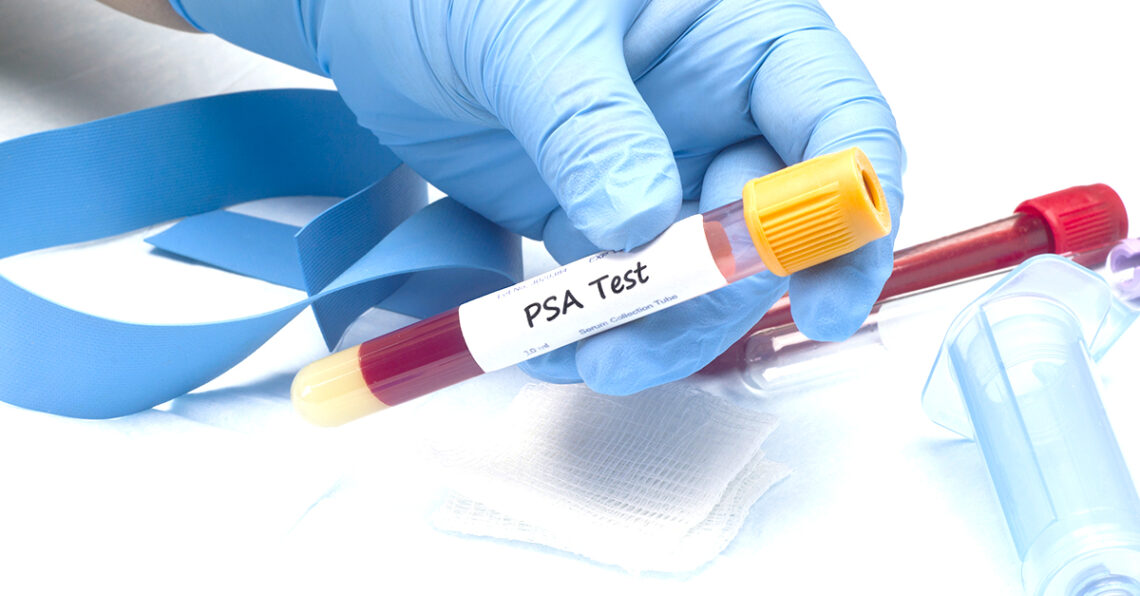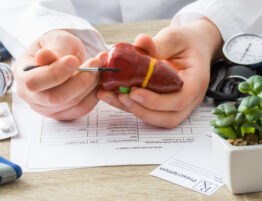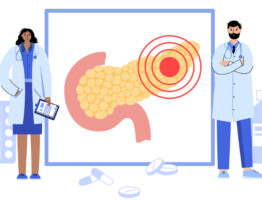
Prostate cancer is one of the most common types of cancer in men. It is a cancer that occurs in the prostate – a small gland that is part of the male reproductive system. The prostate gland is located between the penis and bladder and is responsible for producing fluid that helps make seminal fluid or semen for nourishing and transporting sperm during ejaculation.
Types of prostate cancer:
- Adenocarcinomas (most common)
- Small cell carcinomas
- Neuroendocrine tumors
- Transitional cell carcinomas
- Sarcomas
About 1 out of every 9 males will be diagnosed with prostate cancer at some stage of his life.
The American Cancer Society’s estimates for prostate cancer in the United States for 2020 are:
What are the risk factors of prostate cancer?
Prostate cancer develops when the cells in the prostate grows abnormally. It is still unclear on what causes prostate cancer but here are some of the risk factors for developing prostate cancer:
- Age: Men who are 65 or older are more likely to develop prostate cancer.
- Race/ethnicity: African-American men are more likely to develop prostate cancer. Asian-American and Hispanic/Latino men are less likely to develop prostate cancer.
- Geography: Most common cases of prostate cancer can be found in North America, northwestern Europe, Australia and on Caribbean islands.
- Family history/genetic factor: Men who have a father, brother or several relatives with prostate cancer are more likely to develop prostate cancer. Men with inherited mutations for the BRCA1 or BRCA2 genes that are associated with increased risk of breast cancer are also more likely to develop prostate cancer.
Signs and symptoms of prostate cancer:
Prostate cancer can be asymptomatic at early stages. Signs and symptoms of more advanced stages of prostate cancer may include the following:
- Problems with urination, such as reduced force in urinary stream and urinary frequency
- Blood in the urine or semen
- Bone pain and discomfort in the pelvic area or other affected areas with metastases
- Erectile dysfunction
- Weakness and numbness in lower extremities and/or unable to control bladder or bowel
How to diagnose prostate cancer?
There is a better chance at treating prostate cancer when it is being detected early. Prostate cancer can be detected by one or more of the following methods:
- Prostate-specific antigen (PSA) blood test: elevated PSA level also increases the chance of having prostate cancer. Elevate PSA level can also be caused by other conditions, such as benign prostatic hyperplasia (BPH), inflammation or infection of the prostate.
- Digital rectal exam (DRE): a physical examination to check the prostate for abnormalities.
- Prostate biopsy: usually a core needle biopsy is performed by removing small samples of the prostate to identify if there is cancer. The Gleason system is being used to grade and evaluate the cancer.
- Imaging tests: transrectal ultrasound (TRUS), MRI, CT scan or PET scan
Treatment of prostate cancer:
After being diagnosed with prostate cancer, your doctor will establish the stage of your disease. According to your current health status, history, and staging results, your doctor will discuss with you your treatment options. Regular follow-ups with your doctor and periodical monitoring with tests and investigations are highly recommended.
Treatment options include:
- Surgery: is a common option for treating prostate cancer when it is still localized. Possible side effects of prostate surgery may include urinary incontinence and erectile dysfunction.
There are different types of surgery depending on the size and location of the cancer. It can be one of the followings:
- Radical prostatectomy: the entire prostate gland, seminal vesicles and some surrounding tissues are removed.
- Robotic or laparoscopic prostatectomy: this procedure is less invasive than radical prostatectomy as it involves smaller incisions where the surgeon uses camera and instruments and/or robotic system to assist with the surgery
- Transurethral resection of the prostate (TURP): this type of surgery is not used to treat prostate cancer, but more to relieve symptoms, such as urinary blockage. The inner part of the of prostate gland that surrounds the urethra is removed.
- Radiotherapy: using high-powered energy beams from sources such as X-rays and protons to kill cancer cells. It can be used alone or in combination with chemotherapy. Possible side effects of radiotherapy may include pain, urinary incontinence, rectal symptoms and erectile dysfunction.
- Cryotherapy: using very cold temperatures to freeze the prostate and kill prostate cancer cells
- Hormonal Therapy: using certain drugs or removing the testicles (orchiectomy) to stop the body from producing testosterone, a male hormone that prostate cancer cells rely on to grow.
- Chemotherapy: using certain drugs to kill cancer which can be taken either intravenously or orally. Chemotherapy is given in cycles, which are often 2 to 3 weeks long.
- Immunotherapy: using immune cells or certain drugs which alert the immune cells to kill cancer cells.
- Targeted drug therapy: using certain drugs to target specific abnormalities present within cancer cells.
- Alternative treatments: using other scientific based alternatives to attack cancer cells.
How to prevent prostate cancer?
There is no confirmed way of preventing prostate cancer but you can reduce your risk of developing prostate cancer by:
- Opt for a healthy diet.
- Regular exercise.
- Maintain a healthy weight. Some studies have shown that obesity and overweight are associated with higher risk of developing prostate cancer.
References:










